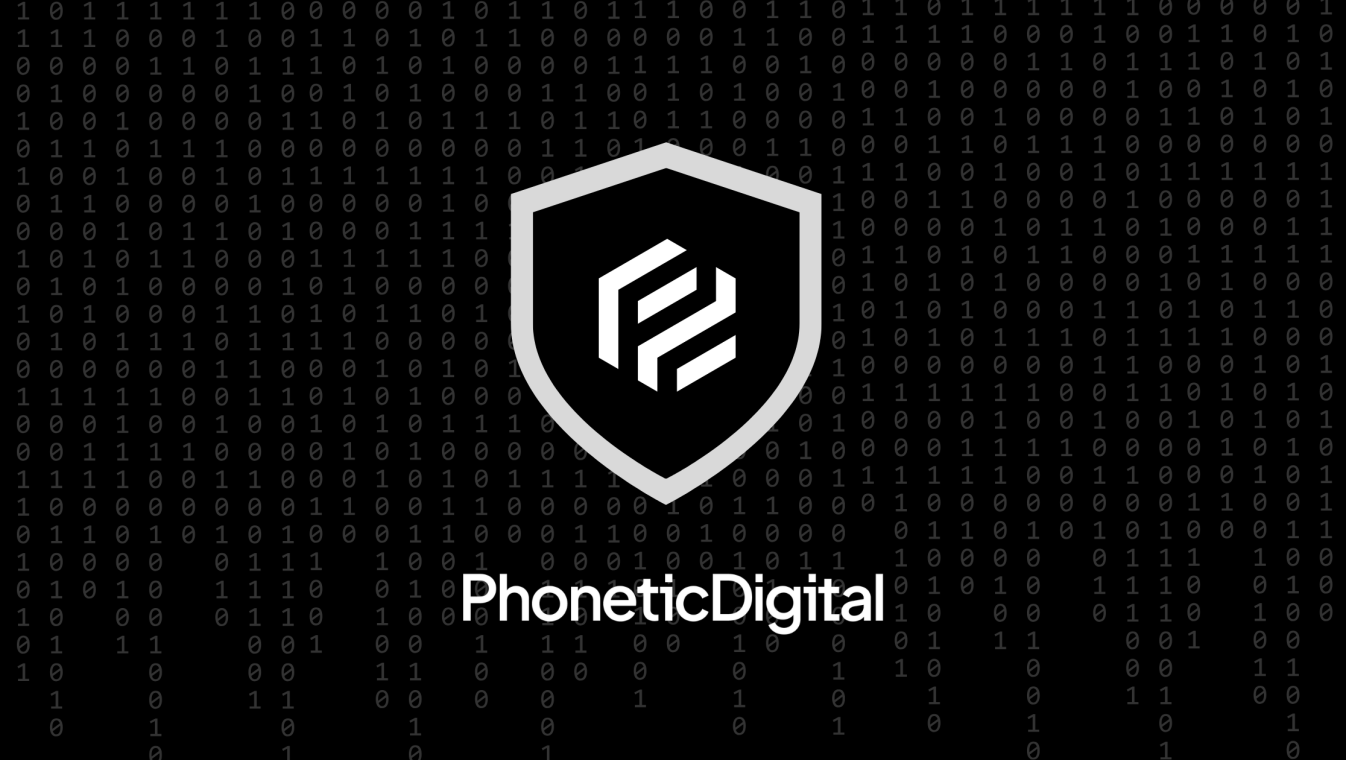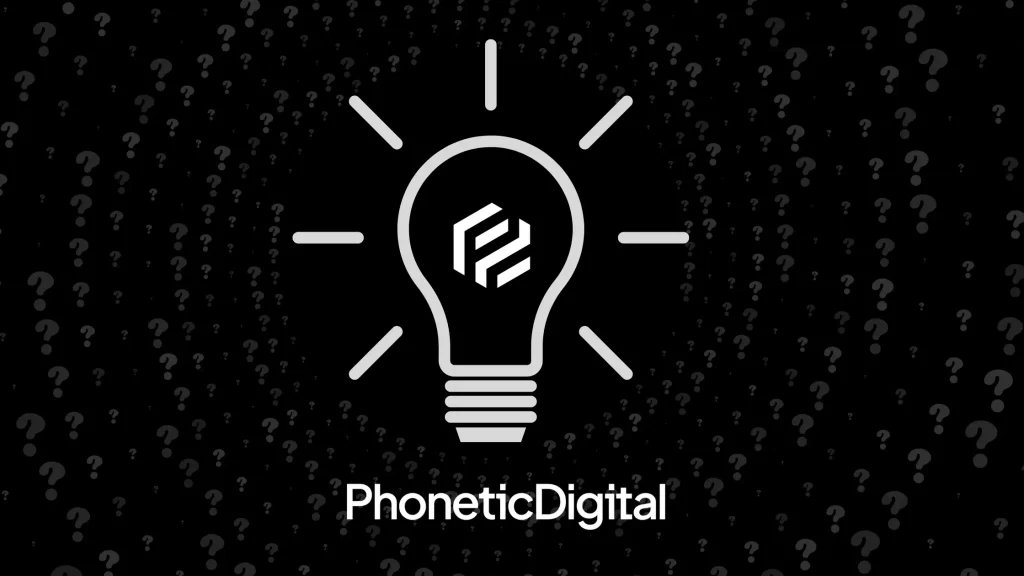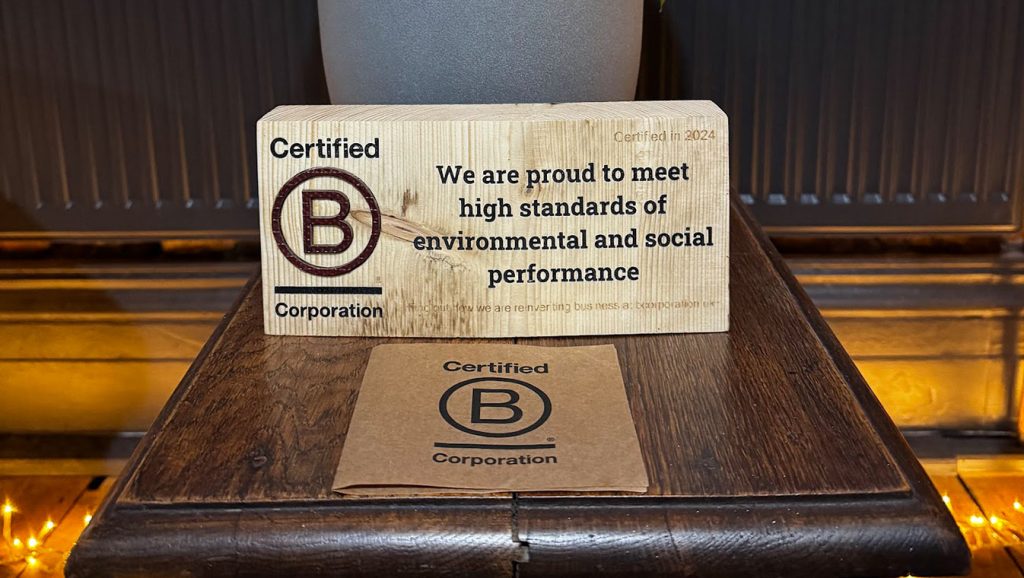When a cyber attack halts production at the UK’s biggest car manufacturer for weeks, now almost months, it’s a huge wake up call to digital risks. Jaguar Land Rover’s ongoing production outage has disrupted factories, retailers and suppliers proving that just one breach can ripple through an entire supply chain and stop real-world operations in their tracks.
Public institutions haven’t been spared either. The British Library’s ransomware attack started with a single weak control, with hackers breaking through the library’s virtual private network that allowed employees to access its network from any location. This spiralled into the possession of stolen data, like employees’ passport scans and work contracts and led to months of disruption and costly recovery work. The Library and the UK Information Commissioner’s Office (ICO) later published lessons so others could avoid the same mistakes.
Security isn’t something you set up once and forget about, it can’t just be left to run, it needs constant care.
Phonetic Digital – 2025
For senior leaders across further and higher education, local and mayoral authorities, councils, public bodies and professional services, this is not a new issue. Your website is often your most visible service and when it’s left neglected it becomes a convenient backdoor into all your more sensitive digital systems.
Even the celebs aren’t safe! Jeremy Clarkson’s pub The Farmer’s Dog was subject to a cyber attack, with £27,000 being stolen through his accounting systems. The hackers went unnoticed at first as there were no obvious signs on how they got in. This example highlights just how important good cyber security procedures are. No one is safe from a cyber attack, whether you’re a public figure or small business owner just starting up.
Your website as an easy in
So now you’ve heard the horror stories, let’s look at your website and see how it’s security features could be improved.
Modern websites combine all different integrations. From CRM and marketing clouds to student information systems, payment gateways, SSO, analytics and third-party scripts. If a site is compromised attackers can weave through all connected services, tamper with content and gather data, just like the attack on The British Library.
What “good” looks like in 2026
Security isn’t something you set up once and forget about, it can’t just be left to run, it needs constant care. That means updates are scheduled, not left to chance. Backups aren’t just stored, they’re tested rigorously to make sure they actually work. Monitoring and maintaining your security should become part of your routine, making it an ongoing process.
If you take anything away from this post, let it be these useful, implementable and resourceful tips. If you need any further help, just get in touch and we can help bring your cyber security up to speed. We offer website maintenance to make sure your site is monitored and updated regularly, performing at its best.
Your website represents your business. It’s one of your most important tools, don’t risk compromising it. Keep it protected.












